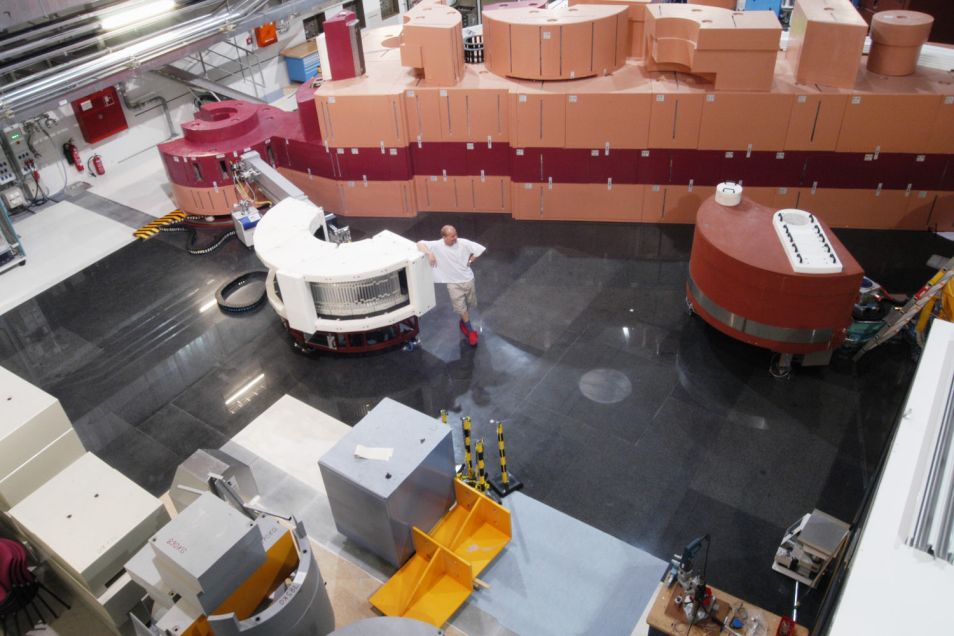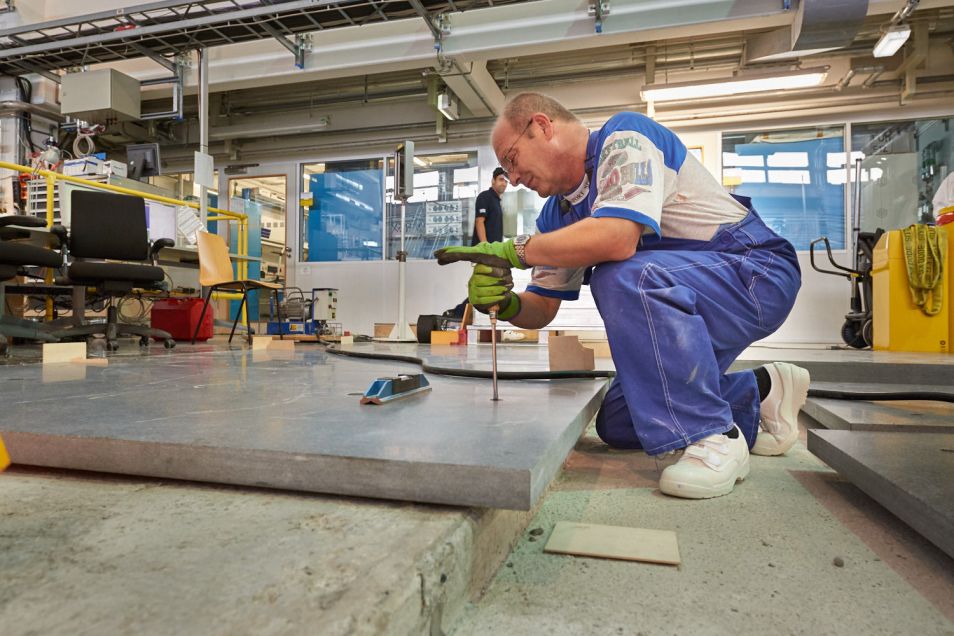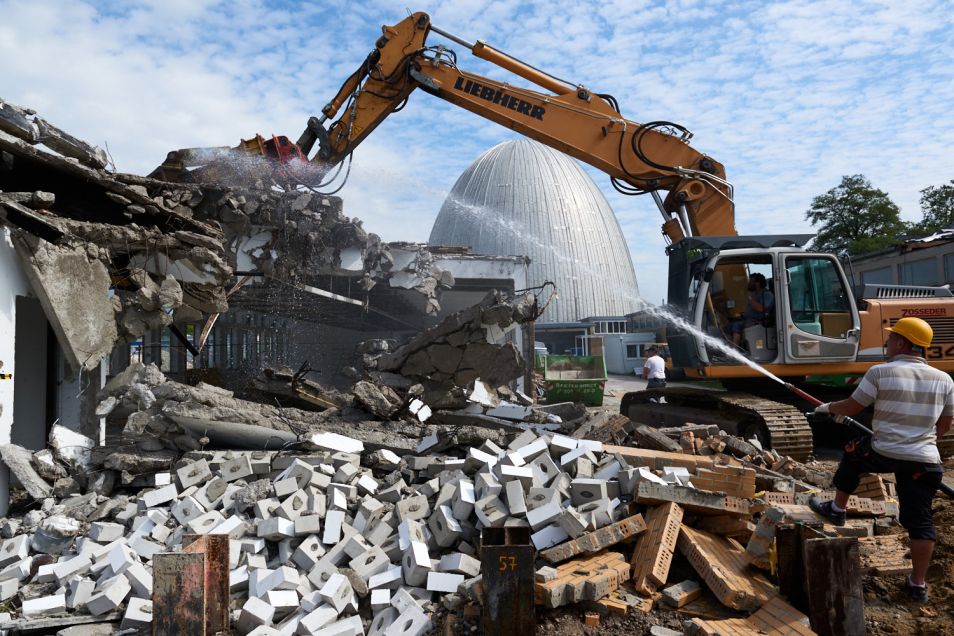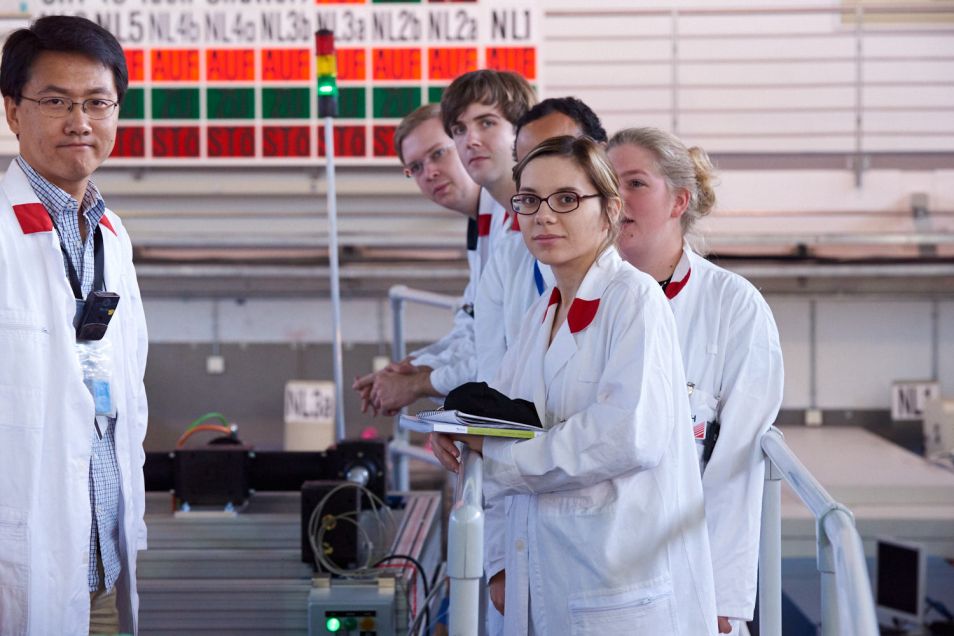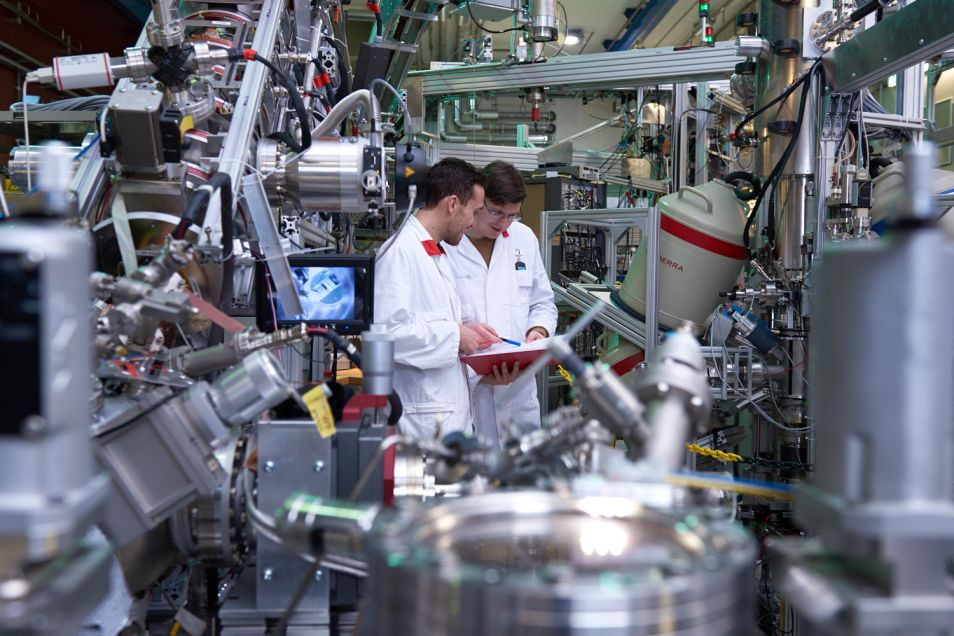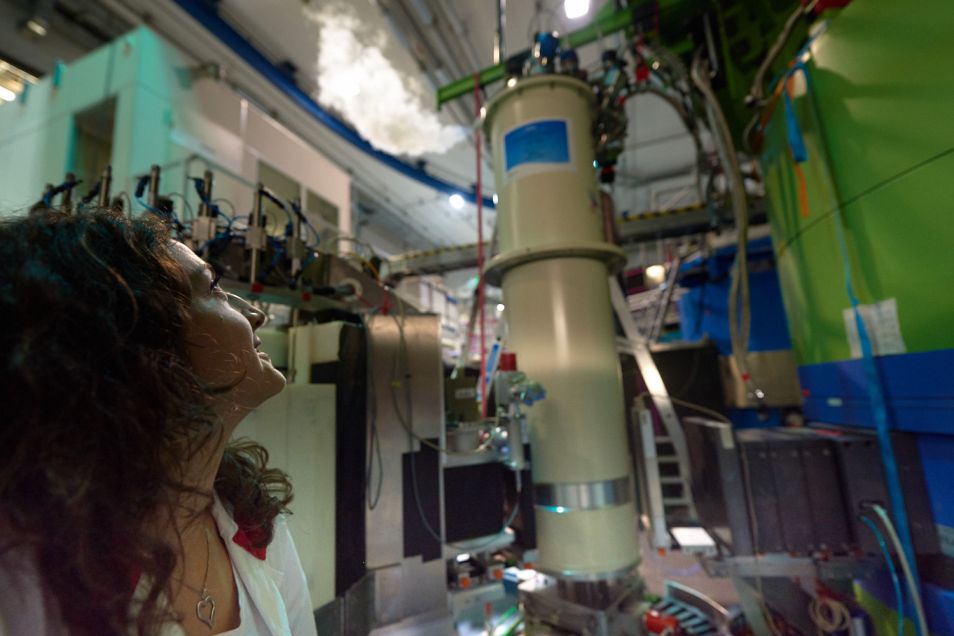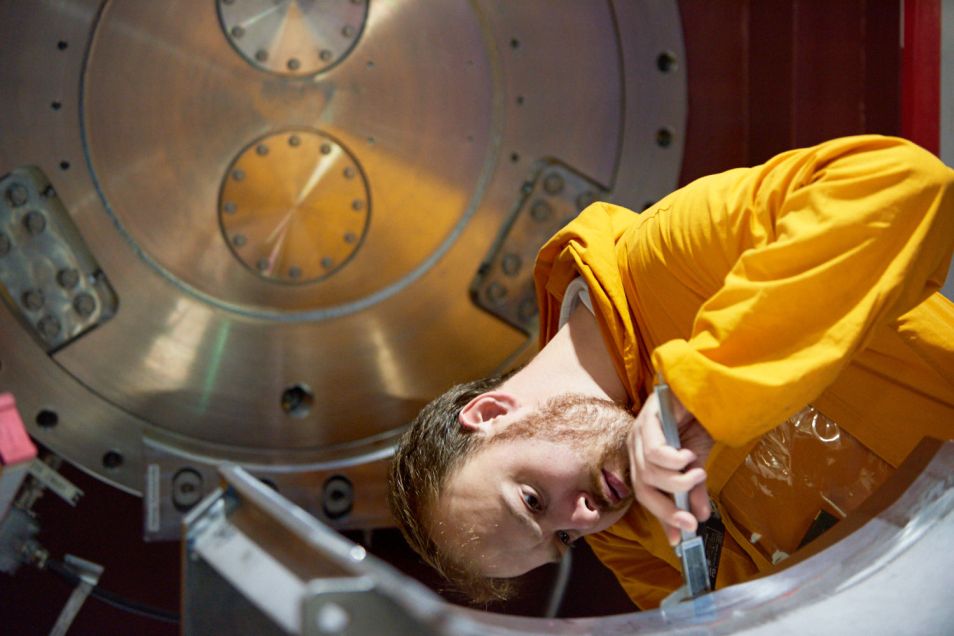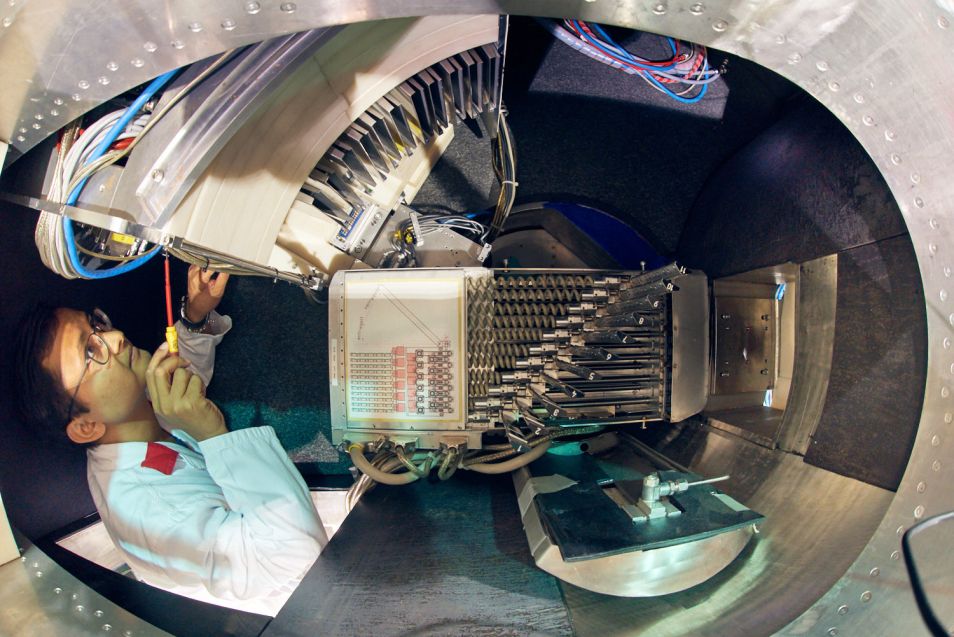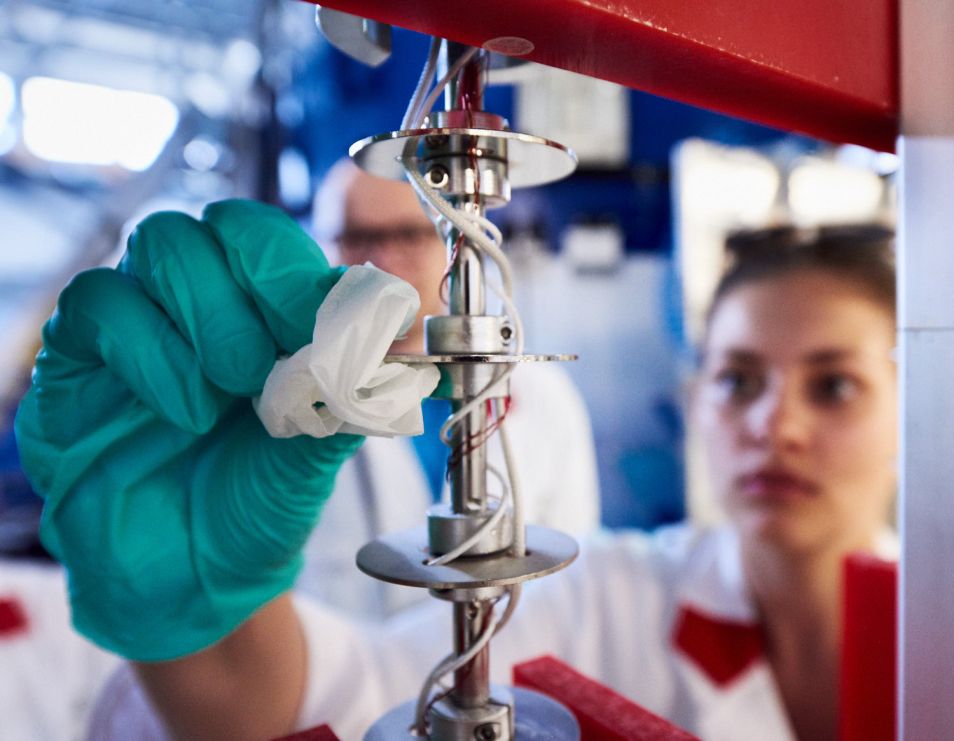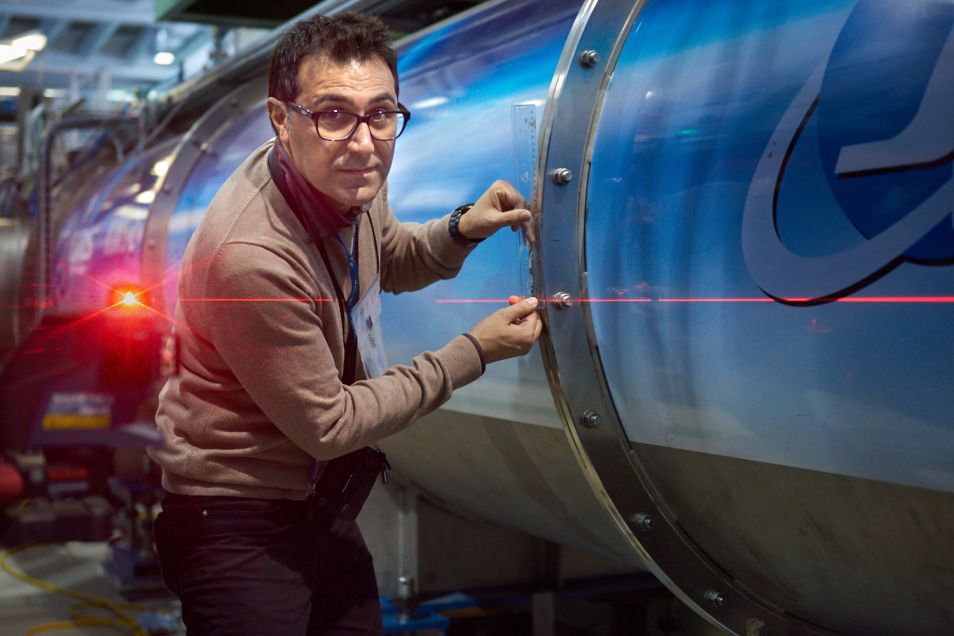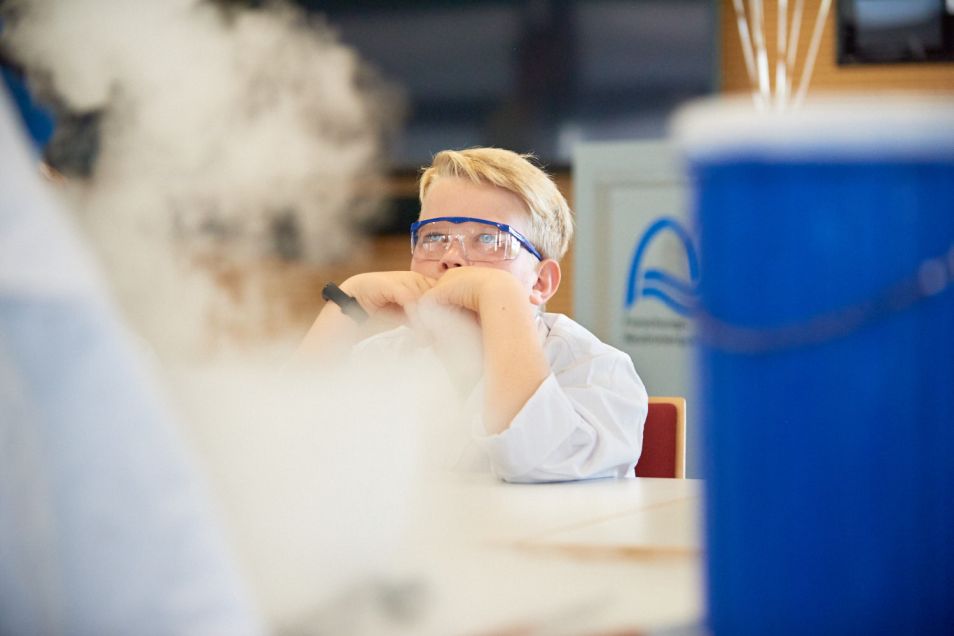MLZ is a cooperation between:
 > Technische Universität München
> Technische Universität München > Helmholtz-Zentrum Hereon
> Helmholtz-Zentrum Hereon
 > Forschungszentrum Jülich
> Forschungszentrum Jülich
MLZ is a member of:
 > LENS
> LENS > ERF-AISBL
> ERF-AISBL
MLZ on social media:

MLZ (eng)
Lichtenbergstr.1
85748 Garching
Family album of the FRM II

The photos can now be seen in the foyer of the new twin buildings UYW of the Technical University of Munich on the FRM II site.
For more than 19 years, Wenzel Schürmann photographed the eventful history of FRM II and the Heinz Maier-Leibnitz Centre (MLZ) in many thousands of pictures. Now a best-of of the photographer’s work can be seen in the exhibition “Impressions of FRM II and its partners at the MLZ” on the site of the research neutron source in Garching. We present an exclusive insight here.
It’s a bit like flipping through a family album: the same people and places, changing over almost two decades. Here you see the inside of the atomic egg (FRM) and there photos from the first days of the research neutron source FRM II, curious glances of politicians into the reactor pool, eventually the experimental and neutron guide halls full of scientific instruments with scientists and students in white lab coats, first remodeling in the experimental hall and new scientific instruments in the neutron guide hall east.
In the course of his three decades at the Technical University of Munich (1991 – 2021), Wenzel Schürmann repeatedly took photos at FRM II. In the process, he captured very special historical moments, such as the visit of Bavarian Prime Minister Edmund Stoiber in 2002, the founding of the Heinz Maier-Leibnitz Centre or the demolition of the low-rise buildings from the 1950s in front of the atomic egg.
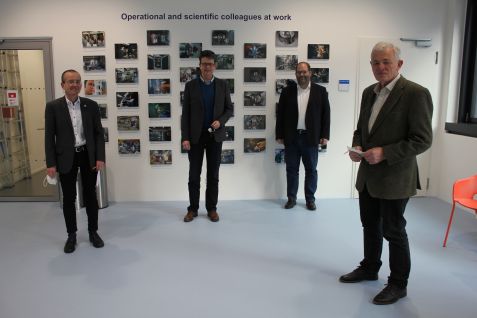
The three directors of FRM II opened the photo exhibition on 16 December together with Wenzel Schürmann (r.): Dr. Axel Pichlmaier, Prof. Dr. Peter Müller-Buschbaum und Robert Rieck (v.l.).
Exhibition shows joy and passion of the staff
In addition to all the important visitors and politicians who have visited FRM II over the years, Wenzel Schürmann had above all a keen eye for the scientists, engineers and technicians at FRM II and the Heinz Maier-Leibnitz Centre. He captured them with his lens: The proud pose of the post-doctoral student next to his sparkling-new powder diffractometer, the student watching the nitrogen vapour from the cryostat with fascination, or the scientist wielding the spanner at the world’s most powerful positron source like a conductor’s baton.
So the tenor of the exhibition is “to show daily life at the neutron source” and also “the dedication, joy and passion of the people who work and research at FRM II”, says Dr Diana Fleischer, office of the Scientific Director Prof. Dr. Peter Müller-Buschbaum. “In every picture we see the photographer’s enthusiasm for the people.”
Wenzel Schürmann himself says: “It was always interesting at FRM II. I could sense that there are not employees working here who just show up for duty and do their jobs until the time is up, but that the people here are very enthusiastic about what they do. I liked being able to take pictures that also show this commitment of the people working here. When I take photos, I want something to be conveyed. The working atmosphere at FRM II contributed to that.

Andrea Voit
Press and public relations FRM II
MLZ is a cooperation between:
 > Technische Universität München
> Technische Universität München > Helmholtz-Zentrum Hereon
> Helmholtz-Zentrum Hereon
 > Forschungszentrum Jülich
> Forschungszentrum Jülich
MLZ is a member of:
 > LENS
> LENS > ERF-AISBL
> ERF-AISBL
MLZ on social media:




